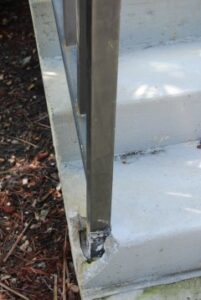Timing
Mon - Fri 9:00AM - 5:00PM Sun - CLOSED
Email Us Now

Situations Where Building Inspection is Highly Recommended

It doesn’t necessarily mean that this activity be conducted only when a problem is visible. Sometimes, it has to be pre-emptive in order for mitigations to be placed prior to the catastrophic event. Nevertheless, the expert should be able to shift to an expected role depending on the situation at hand.
The Inspector’s Role on a Specific Situation
For example, if claims are at stake, then a wall, footing, or roof inspection has to take place in order to properly measure the final cost amount that should be reflected. In the case of real estate move-in activities, the findings should be reflected in a building inspection report to properly document its condition. In other various cases, they may be asked to provide the following:
On-site and off-site information
Structural analysis and calculations (best supported with apparatuses)
Supervision in a non-destructive testing for integrity check
Repair drawings and methodology
Renovation or restoration cost estimates
Other specialties might be further required in the event of a threshold inspection
Handling the Inspection: The Procedures
For clients not to look very confused on what’s happening, the following steps should be observed to push through during a building inspection activity:
Information on the known catastrophic events within the vicinity should be identified. Instead of relying on government agencies for this, it would be better to hear exaggerated stories from the locals to see the best picture.
Secure as-built drawings to determine how much it changed since it was constructed.
Look on the general condition of the building’s outward appearance before going inside. Upon entering the premises, try to look from the structural elements up to the connection details from the roof down to the foundation. Everything has to be ocular from this point.
With experience, the previous step is but a small peat. Nevertheless, anything that is of doubt should be confirmed with non-destructive tests such as rebound hammer apparatus, tiltmeters, and vibration sensors.
With the findings, a structural analysis considering global and local effects should be generated. If one among them indicates failure, respective drawings and cost estimates should follow through.
Compile everything into a write-up and this would in turn become the document of basis.
Request Estimate
- Required Fields